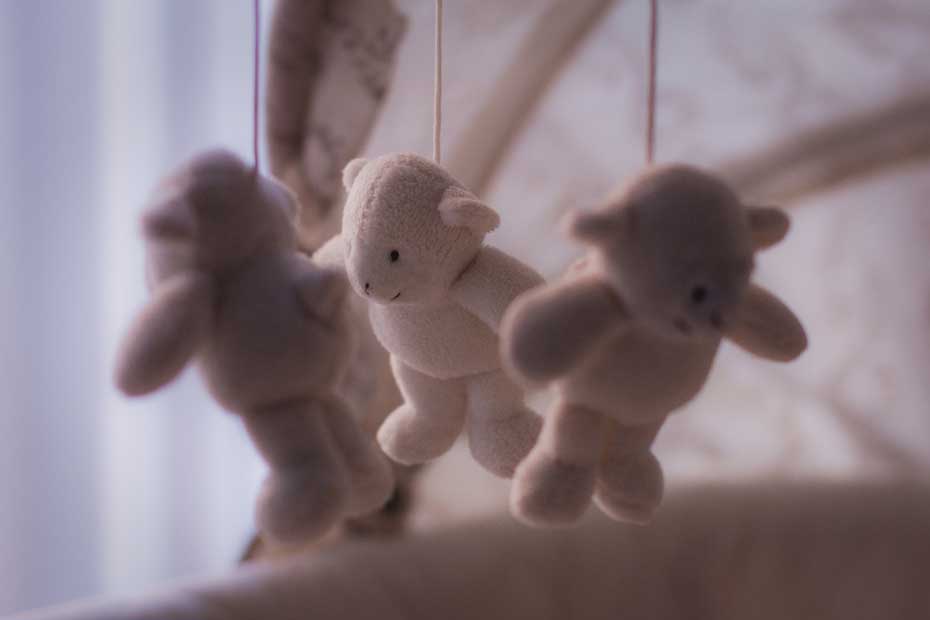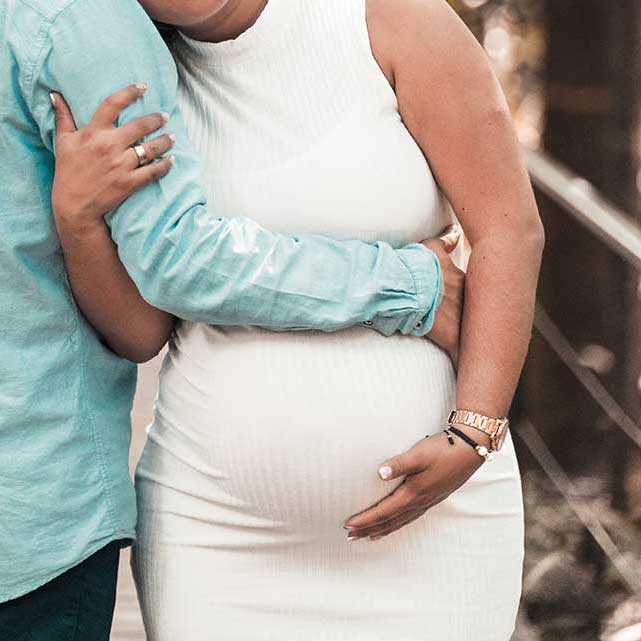Pregnancy Loss: Stillbirth

The information on this page details stillbirth which can be upsetting for some people, so please take care while you’re reading. If you have experienced a stillbirth yourself, we are so sorry for your loss.
What is stillbirth?
A stillbirth is when a pregnant person loses a baby after 20 weeks. It is a rare occurrence, with about one in 200 pregnancies resulting in stillbirth.
Once it has been confirmed that the pēpi has died, they will need to give birth to the baby with the support of medical professionals, their LMC, and any personal support people they would like with them.
After a stillbirth
Many parents choose to name their baby once they are born. It’s also up to you if you would like to see, hold, and spend time with your baby – this may help you through the grieving process.
You may choose to have some mementos of your baby such as having some photos taken, keeping a lock of hair, getting hand and footprints, keeping their name card or bracelet from the hospital, or requesting their birth certificate.
Following birth, you may experience breast tenderness or feel your milk come in which may be uncomfortable but should ease within a few days. For approximately four weeks, you will have a vaginal discharge or bleed called lochia which should lessen each day. If the bleeding remains heavy, begins to smell or you notice clots, let your LMC know.
For information on support services, see our article on pregnancy loss support here.
MATERNITY CARE AFTER LOSS
If you have had a stillbirth, your LMC will care for you for six weeks following birth.



